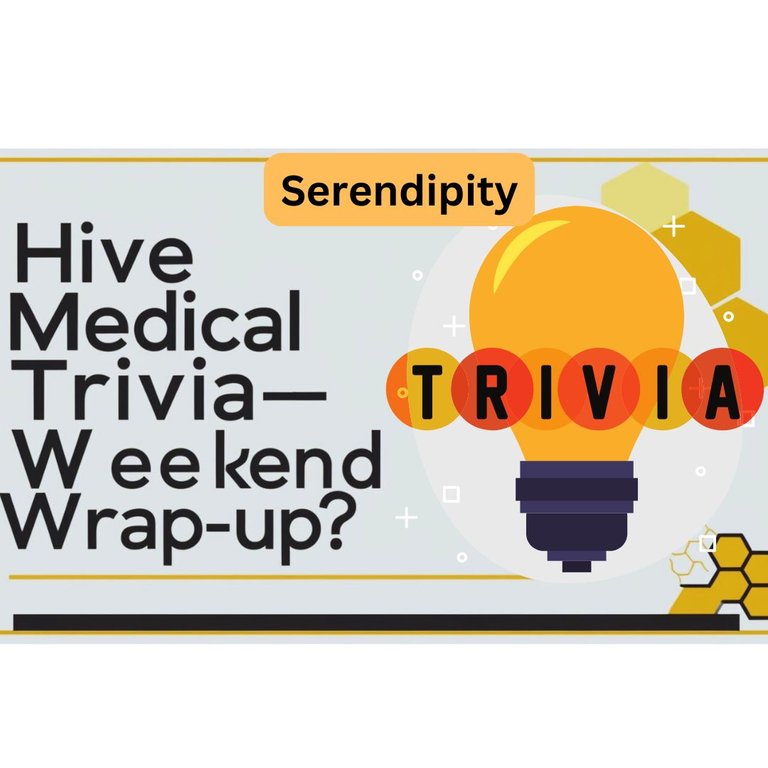
Thank God it is the weekend. I hope this weekend is long...
Welcome to another weekend of Medical Trivia! I hope you enjoyed the questions and had your brains stimulated a little. Here are the answers to this week's questions, with explanations for each correct option and why the others don’t quite fit.
Friday:
Which type of diabetes typically starts in childhood?
Answer: A. Type 1 diabetes
Explanation:
Type 1 diabetes is an autoimmune condition where the body attacks the insulin-producing cells in the pancreas. It often starts in childhood or adolescence and requires insulin therapy from the onset.
B. Type 2 diabetes: While more common in adults, Type 2 diabetes is now increasingly seen in children due to rising obesity rates, but it’s not the typical form of diabetes starting in childhood.
C. Prediabetes: This refers to elevated blood sugar levels that haven’t yet reached diabetic thresholds. It’s more of a warning stage rather than a diagnosis that “starts” in childhood.
D. Type 3c Diabetes: This is rare and occurs due to pancreatic damage from conditions like pancreatitis or surgery. It’s unrelated to childhood onset.
Thursday:
What is the best first step for a minor burn?
Answer: B. Rinse with cold water
Explanation:
Running cold water over a burn for 10-20 minutes helps cool the skin, reduce pain, and limit tissue damage. It’s the best immediate response to a minor burn.
A. Apply butter: This is a myth and can actually trap heat in the skin, worsening the burn.
C. Cover with a bandage: While this step is important, it’s done after cooling the burn to prevent infection.
D. Use antiseptic cream: This can be helpful later but isn’t the first step as cooling the burn takes priority.
Wednesday:
A patient has swollen ankles, shortness of breath, and fatigue. What condition could this suggest?
Answer: B. Heart failure
Explanation:
These symptoms are classic for heart failure, where the heart’s pumping ability is impaired. Fluid builds up, causing swelling (edema), and the reduced blood flow leads to fatigue.
A. Kidney stones: These cause intense flank pain, not generalized swelling or shortness of breath.
C. Asthma: While asthma can cause shortness of breath, it’s not associated with swollen ankles or fatigue.
D. Migraine: Migraines cause headaches and neurological symptoms but not the signs mentioned above.
Tuesday:
A 50-year-old patient comes to you with chest pain while climbing stairs. It improves with rest. What is the most likely cause?
Answer: B. Angina
Explanation:
Angina is chest pain caused by reduced blood flow to the heart muscle, often triggered by exertion and relieved by rest. It’s a hallmark sign of coronary artery disease.
A. Heartburn: This causes burning pain but is unrelated to exertion.
C. Panic attack: While panic attacks can cause chest pain, they are often accompanied by anxiety, palpitations, and hyperventilation.
D. Asthma: Asthma can cause shortness of breath with exertion but doesn’t typically cause chest pain that improves with rest.
Monday:
Your grandparent mentions they’ve been urinating more often at night, feel very thirsty, and have lost weight unintentionally. What could this suggest?
Answer: B. Diabetes
Explanation:
These are classic symptoms of diabetes. Increased thirst (polydipsia), frequent urination (polyuria), and unintentional weight loss occur due to high blood sugar levels and the body’s inability to use glucose properly.
A. Dehydration: While dehydration can cause thirst and frequent urination, it doesn’t explain weight loss.
C. Aging-related changes: Frequent urination at night can be age-related, but the thirst and weight loss point to an underlying condition like diabetes.
D. Kidney stones: These cause pain and blood in the urine but don’t explain the other symptoms.
thumbnail created with Canva
Awesome! Where can I find your quizzes? I never catch them 🥺
Always on ecency waves...
Monday to Friday
Thanks 🙏👍
You're welcome! 🤗